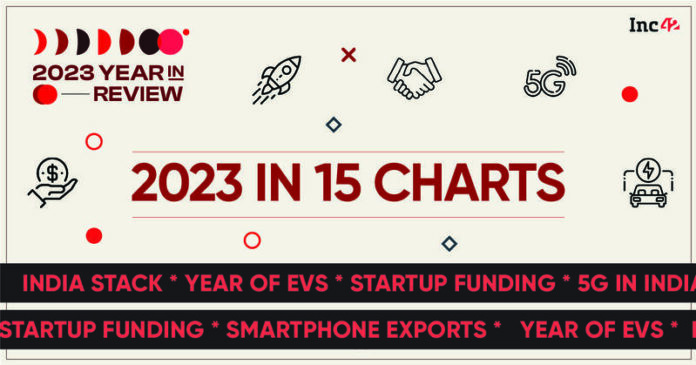The recent shutdown of Koos, a prominent B2C startup, has sparked discussions within the entrepreneurial community about the challenges and lessons learned in the volatile landscape of consumer-focused startups. Koos’ closure serves as a poignant reminder of the complexities involved in scaling and sustaining a B2C business in competitive markets. This article examines the factors contributing to Koos’ shutdown and explores the valuable lessons that emerging B2C startups can glean from this experience in terms of strategy, market dynamics, and sustainability.
Understanding Koos’ Journey and Closure
- Market Positioning and Differentiation: Koos entered the market with a unique value proposition, aiming to disrupt the consumer goods sector through innovative product offerings and direct-to-consumer distribution channels.
- Funding and Growth Trajectory: Initially supported by significant venture capital investments, Koos experienced rapid growth, expanding its customer base and product range to capitalize on market opportunities.
- Challenges and Competitive Pressures: Despite early successes, Koos faced challenges in maintaining profitability amidst fierce competition, rising operational costs, and evolving consumer preferences.
Factors Contributing to Koos’ Shutdown
- Financial Sustainability: The inability to achieve sustainable unit economics and profitability proved detrimental to Koos’ long-term viability. High customer acquisition costs, coupled with pricing pressures, strained financial resources and investor confidence.
- Operational Efficiency: Challenges in supply chain management, inventory control, and fulfillment logistics impacted Koos’ ability to deliver products efficiently and meet customer expectations.
- Market Saturation and Differentiation: Intense competition from established brands and emerging startups posed challenges in market differentiation and customer retention. Koos struggled to maintain a distinctive brand identity and value proposition amidst market saturation.
Lessons for B2C Startups
- Focus on Unit Economics: Sustainable growth requires a keen focus on achieving positive unit economics early in the startup’s lifecycle. Startups must balance growth ambitions with profitability targets to avoid over-reliance on external funding.
- Customer Acquisition and Retention: Building a loyal customer base through personalized marketing strategies, exceptional customer service, and product innovation fosters long-term sustainability and competitive advantage.
- Operational Excellence: Streamlining operational processes, optimizing supply chain efficiency, and leveraging technology-driven solutions enhance scalability and agility in responding to market dynamics.
- Adaptability and Market Insights: Continuous market research and responsiveness to changing consumer preferences enable startups to anticipate trends, innovate proactively, and differentiate their offerings effectively.
Strategies for Long-Term Success
- Diversification and Expansion: Diversifying product offerings, exploring new market segments, and expanding distribution channels mitigate risks associated with market concentration and competitive pressures.
- Strategic Partnerships and Alliances: Collaborating with industry partners, influencers, and complementary businesses enhances market reach, brand visibility, and customer engagement.
- Financial Discipline and Risk Management: Prudent financial management, including cost control measures, cash flow forecasting, and risk mitigation strategies, safeguards against market volatility and economic uncertainties.
- Brand Building and Customer Trust: Investing in brand equity, ethical practices, and transparent communication cultivates trust and loyalty among consumers, distinguishing the startup in a crowded marketplace.
Disclaimer: The thoughts and opinions stated in this article are solely those of the author and do not necessarily reflect the views or positions of any entities represented and we recommend referring to more recent and reliable sources for up-to-date information.



